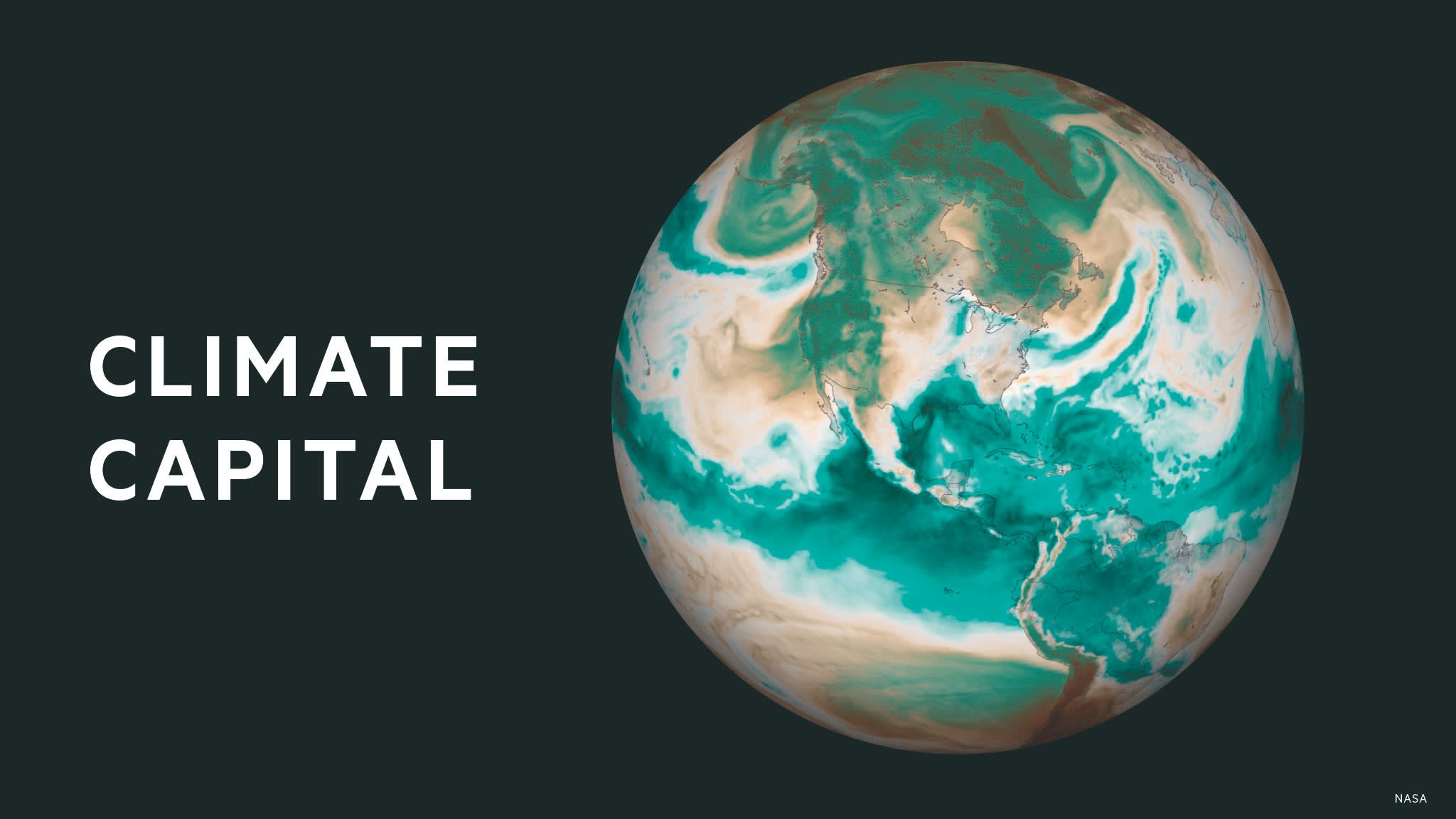Stay informed with free updates
Simply sign up to the Climate change myFT Digest — delivered directly to your inbox.
Flash floods are causing havoc across swaths of Asia even as scientists said the global temperature rise in the past three months had eased from record levels.
The global temperature increase remained more than 1.5C above pre-industrial levels over a 12-month period even though July was the third month where the temperature rise was below that level, the European earth observation agency Copernicus said.
Scientists cautioned this did not mean “climate change has stopped”. Last month was still the third-warmest July on record at about 1.25C above the pre-industrial average.
“Two years after the hottest July on record, the recent streak of global temperature records is over — at least for now,” said Carlo Buontempo, director of Copernicus. “But that doesn’t mean climate change has stopped. We continue to witness the effects of a warming world in events such as extreme heat and catastrophic floods.”
Torrential rain forced businesses and schools to shut and disrupted travel in Hong Kong this week, as it experienced its highest daily rainfall for August since 1884, local weather authorities said.
At the same time, a rescue mission was under way for dozens of missing people in the northern Indian state of Uttarakhand following flash floods.
The floods come after the earth experienced its hottest year on the books in 2024, breaking a record that was set only a year earlier. A warmer atmosphere holds more moisture, making intense rainfall more likely.
The 12 months between August 2024 and July this year was 1.53C above the pre-industrial average, Copernicus said. A short-term temperature rise of more than 1.5C is not a breach of the long-term goals of the Paris agreement, which is measured over a period of two decades.
Scandinavia, China and Japan were particularly hot this July, Copernicus said.
Akshay Deoras, research scientist at the University of Reading, said that even if the recent streak of temperature records “eases temporarily, it does not mean extreme weather events are slowing down”.
While parts of Asia, including India, often experience intense monsoon rains between June and September, Deoras warned these “storms are now happening in a much warmer atmosphere — one that holds more moisture, builds more energy and releases it violently”.
He pointed to Uttarakhand, which had received up to five times its normal rainfall between August 5 and 6.
A so-called cloudburst, or extreme sudden downpour, was blamed for the flooding in Dharali in Uttarakhand, with videos showing a wave of water knocking down buildings in its path.
Indian Prime Minister Narendra Modi said “relief and rescue teams were engaged in every possible effort” to find and help victims.
Southern China was also hit with deadly flash floods last weekend, while an intense monsoon season has left hundreds of people dead in Pakistan.
A rapid analysis by the World Weather Attribution global research group released this week found that the recent floods in Pakistan were made about 15 per cent more intense by human-caused climate change.
Rain in the monsoon months had become more intense, it found. “Every tenth of a degree of warming will lead to heavier monsoon rainfall, highlighting why a rapid transition from fossil fuels to renewable energy is so urgent,” said Mariam Zachariah, researcher at the Centre for Environmental Policy at Imperial College London.
Climate Capital

Where climate change meets business, markets and politics. Explore the FT’s coverage here.
Are you curious about the FT’s environmental sustainability commitments? Find out more about our science-based targets here


